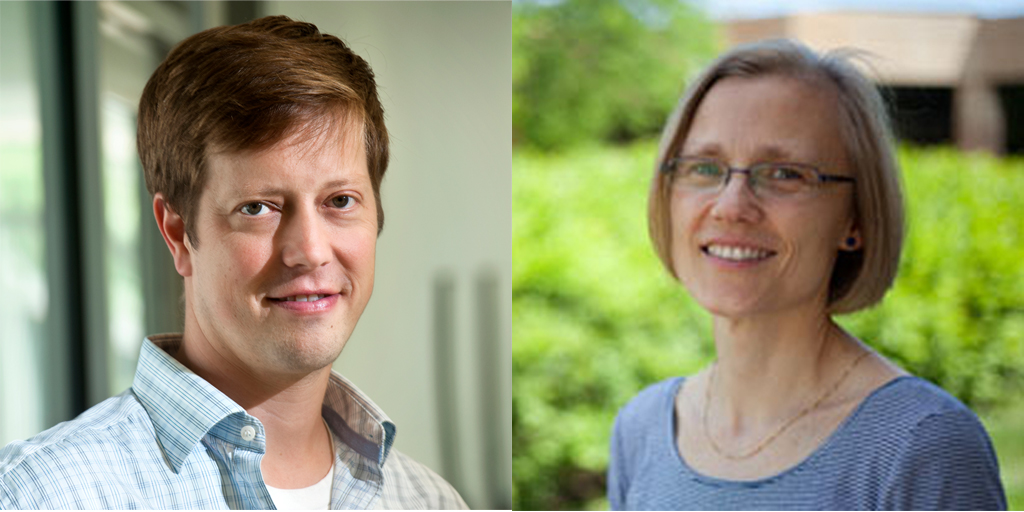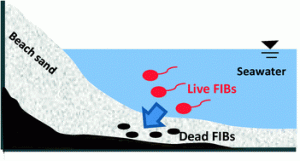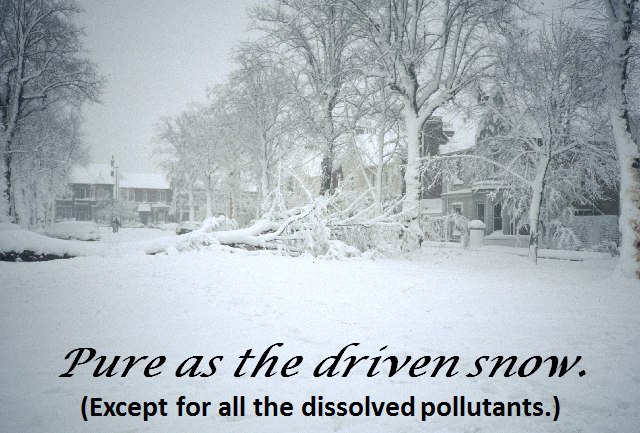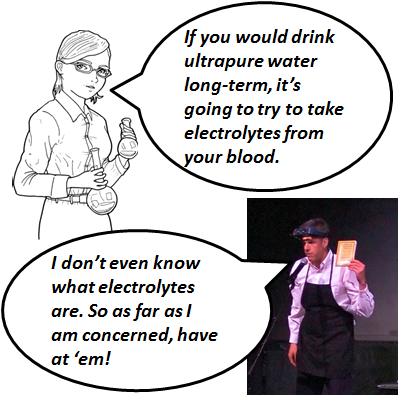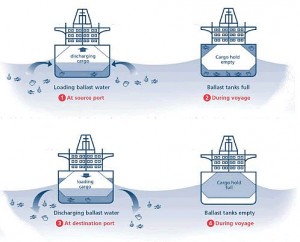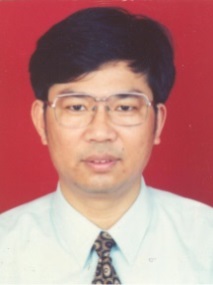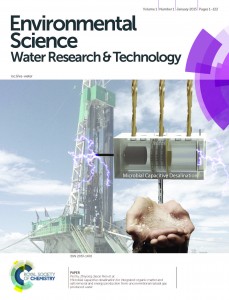The top three everyday things that still amaze me after several years of living in the developed world are 1) safe-to-drink water in the tap, 2) near-ubiquitous wireless internet, and 3) microwaveable meals. The next everyday miracle on my list would be public restrooms (or washrooms/ lavatories/ toilets, depending on which city in the developed world you are exploring).
Can’t hang up when nature calls: Let’s take a moment to appreciate that we get to go when we need to go. That the answer to our question, “Excuse me, where’s the restroom?” is usually “That way.”, instead of a potentially terrifying “What’s a restroom?”.
We see our roads, railways, bridges and dams, but the sanitation infrastructure in our “flushed and plumbed world” is quietly tucked away underground, out of sight and out of mind. We are, however, reminded how much we depend on it when we are stuck behind a long queue in front of a porta potty, or when an uncooperative toilet refuses to flush, or rebels by regurgitating its long-forgotten contents.
An “urgent, shameful issue”
Readers of the British Medical Journal chose the ‘sanitary revolution’ as the greatest medical advancement since 1840, rating it above antibiotics and anaesthesia. Despite our phenomenal scientific progress, economic growth and improved living standards in the modern world, nearly 2.5 billion people worldwide lack access to adequate sanitation, which Rose George, in her brilliant TED talk, called an “urgent, shameful issue”.
Nearly 1800 children under the age of five die every day from diarrhoeal diseases due to lack of clean water, sanitation and hygiene. “If 90 school buses filled with kindergartners were to crash every day, with no survivors, the world would take notice. But this is precisely what happens every single day because of poor water, sanitation and hygiene.”, said Sanjay Wijesekera, the Chief of Section for Water, Sanitation and Hygiene at UNICEF. Improved sanitation can decrease the occurrence of diarrhoeal diseases and reduce diarrhoea-related deaths by 37.5%.
Beyond the ick factor
S anitation seldom features in polite dinner table conversations. But we need to bring this unmentionable topic into our collective public consciousness. And it goes beyond the direct health impacts. In a recent paper on the challenges related to sanitation, Dr. Michael Templeton said, “Health is not the only intended outcome of improved sanitation, with other objectives including ensuring personal dignity, safety, and a cleaner environment.”
anitation seldom features in polite dinner table conversations. But we need to bring this unmentionable topic into our collective public consciousness. And it goes beyond the direct health impacts. In a recent paper on the challenges related to sanitation, Dr. Michael Templeton said, “Health is not the only intended outcome of improved sanitation, with other objectives including ensuring personal dignity, safety, and a cleaner environment.”
Today, even developed nations face challenges to adequate sanitation. The aging sanitation infrastructures in our cities are vulnerable to financial as well and natural disasters.
Improved sanitation will require not only technological innovations, but also behavioural changes through community-led campaigns and policy innovations. Which leads to many intriguing questions: What is Community-Led Total Sanitation (CLTS) approach? Why do well-intentioned, but narrowly focused funding programmes for sanitation interventions fail? What are the economic paybacks from improved sanitation?
Here, take my hand – let’s wade through the muck, take a deep breath, and plunge headfirst into these urgent, smelly, and icky topics by reading the full article for free*. In the end, we will come out smelling like roses.
Pitfalls and progress: a perspective on achieving sustainable sanitation for all
Environ. Sci.: Water Res. Technol., 2015, 1, 17-21
DOI: 10.1039/C4EW00087K
—————-
About the webwriter
Paramjeet Pati is a PhD Candidate at the Virginia Tech Center for Sustainable Nanotechnology (@VTSuN).
You can find more articles by him in the VTSuN blog, where he writes using the name coffeemug.
—————-
*Access is free through a registered RSC account.
Comments Off on A deep dive into shame: Our sanitation woes











